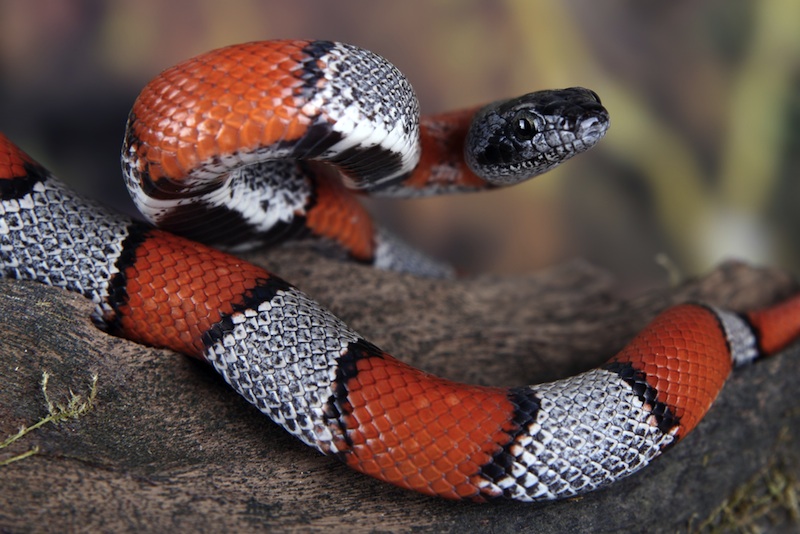Women Spot Snakes Faster Before Their Periods

Dwight Schrute would be jealous: A new study suggests that women can detect snakes faster during the premenstrual phase of their menstrual cycles.
The quirky character on the sitcom "The Office" has plenty of theories about both snakes and menstruation, including a color-coded chart for the cycles of his female co-workers, but even he didn't see this one coming. Study researchers say the idea makes sense, as fluctuating hormones can influence the amygdala, a brain region responsible for fear and anxiety.
During the luteal phase, or premenstrual portion, of the menstrual cycle, women are quicker at detecting photos of snakes, a threatening stimulus, than they are during the early and late follicular phase of the cycle, when the ovaries prepare to release an egg.
The luteal cycle begins with ovulation, the time of maximum fertility, suggesting that heightened anxiety might be adaptive in helping pregnant or potentially pregnant women stay safe, researchers report today (March 8) in the Nature journal Scientific Reports. The luteal phase is also the time when some women experience premenstrual syndrome, or PMS, an array of symptoms that can include everything from breast tenderness to irritability to anxiety.
The study is preliminary, and women's cycles were calculated based on the dates participants gave for their last periods, not on direct hormone measurements, meaning further research is necessary to confirm the results.
In the study, Kyoto University Primate Institute researcher Nobuo Masataka and his colleague, Masahiro Shibasaki, asked 60 healthy, naturally cycling women ages 29 to 30 to look at grids of nine photos and to touch the photo in each grid that contained a snake. The other photos were of flowers, a neutral, non-scary image. In general, people are quicker to react to scary snakes than they are to pleasant flowers. [7 Shocking Snake Stories]
Each woman completed the experiment twice over two to three months. Twenty women participated during the early follicular phase of their cycle, or the fifth day after the start of the menstrual period, and during the late follicular phase, or the 25th day of the cycle right before ovulation.
Sign up for the Live Science daily newsletter now
Get the world’s most fascinating discoveries delivered straight to your inbox.
Another 20 participated during the early follicular phase and the luteal phase, day 13 of the cycle right around when ovulation occurs. A third group of 20 participated during the late follicular phase and the luteal phase.
The results revealed that women detected flowers equally as well throughout their cycles. But they were quicker to see snakes during the luteal phase compared with the late follicular and early follicular phases. On average it took about 1,128 to 1149 milliseconds to spot the snake during the luteal phase, which was about 200 milliseconds faster than the average snake-spotting speed during the follicular phases.
There was no difference in snake-detecting ability between the early and late follicular phases.
Citing other hormonal studies, the researchers speculate that heightened levels of the hormone progesterone could increase anxiety. This hormone is particularly high in the luteal phase of the cycle. Other hormones, including estradiol and cortisol, also vary with the menstrual cycle and could play a role in this increased awareness of danger, the researchers wrote.
You can follow LiveScience senior writer Stephanie Pappas on Twitter @sipappas. Follow LiveScience for the latest in science news and discoveries on Twitter @livescience and on Facebook.

Stephanie Pappas is a contributing writer for Live Science, covering topics ranging from geoscience to archaeology to the human brain and behavior. She was previously a senior writer for Live Science but is now a freelancer based in Denver, Colorado, and regularly contributes to Scientific American and The Monitor, the monthly magazine of the American Psychological Association. Stephanie received a bachelor's degree in psychology from the University of South Carolina and a graduate certificate in science communication from the University of California, Santa Cruz.










